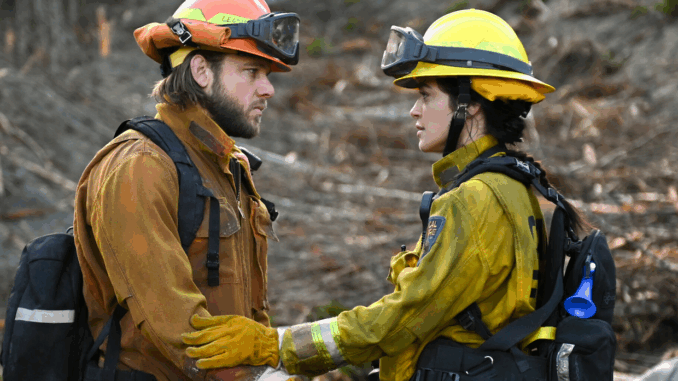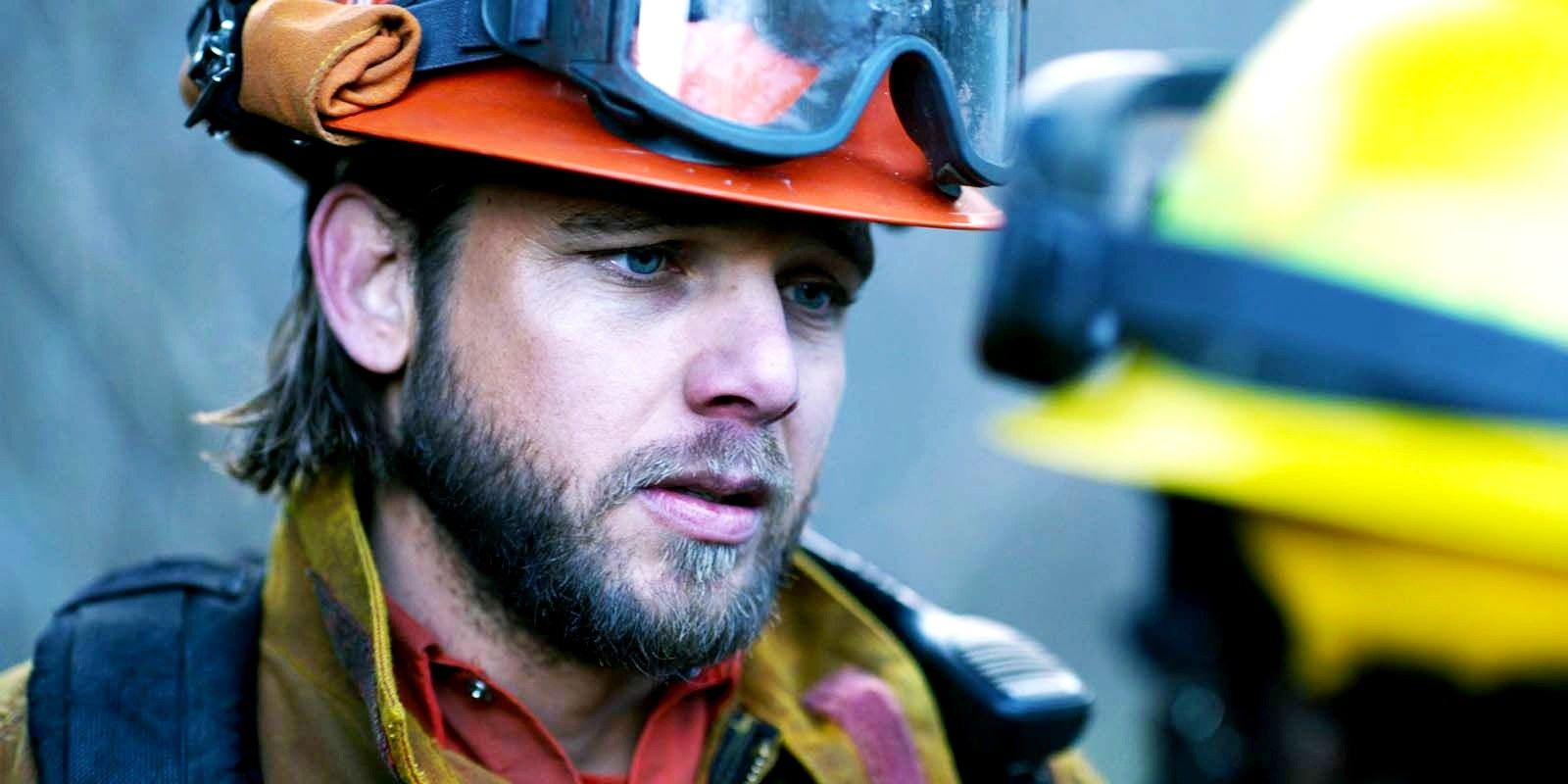
Setting the Stage: A Modern Fire Drama with a Broader Vision
When Fire Country debuted, many expected another high-stakes, action-packed series centered around wildfires and heroism. And while it delivers on that front, the show goes a step further—offering a surprisingly rich exploration of cultural diversity, inclusion, and social justice, subjects rarely given depth in mainstream firefighter dramas.
Against the backdrop of California’s forests and firelines, Fire Country builds a world where people from different ethnicities, classes, and personal histories come together in a profession built on trust and sacrifice. This inclusive lens gives the show not just emotional resonance but societal relevance.
A Cast that Reflects Real America
Unlike older firefighter shows that leaned heavily on homogenous, mostly white male leads, Fire Country presents a more ethnically and culturally diverse ensemble. Characters like Manny Perez (played by Kevin Alejandro), Gabriela Perez (Stephanie Arcila), and Eve Edwards (Jules Latimer) reflect the demographics of the real firefighting workforce, especially in a state as multicultural as California.
Manny and Gabriela’s Latino heritage is not just skin-deep casting—it’s woven into their identities, family dynamics, language, and values. We see conversations in Spanish, conflicts rooted in cultural expectations, and storylines that explore the complexity of intergenerational immigrant experiences. Gabriela’s dual role as a firefighter and a daughter trying to meet her father’s high standards adds further texture to the narrative.
Meanwhile, Eve Edwards brings to life the experiences of Black, queer women in traditionally masculine professions. Her identity isn’t exploited for drama—it’s respected, and her character is allowed to be multifaceted: loyal, fierce, flawed, and emotionally vulnerable.
Inmate Firefighters: Humanizing the Marginalized
One of the most daring choices Fire Country makes is shining a spotlight on California’s inmate firefighter program, a real-life initiative where incarcerated individuals are trained to fight wildfires. Bode Donovan’s story—an inmate trying to redeem himself through service—opens the door to important conversations about rehabilitation, second chances, and systemic inequities.
Instead of reducing these characters to background roles or comic relief, the show treats them with dignity. Bode, Freddy, and others are complex individuals, not stereotypes. Their journey highlights issues like:
-
The exploitation concerns around using prison labor in high-risk jobs.
-
How race and poverty intersect in the criminal justice system.
-
The societal barriers that persist even after redemption is earned.
By doing so, Fire Country helps viewers confront uncomfortable truths while still rooting for the humanity of every character.
Gender Dynamics: Breaking the Firehouse Boys’ Club

The show doesn’t stop at racial and class diversity—it also challenges gender norms within firefighting culture. Traditionally seen as a male-dominated field, the firehouse in Fire Country includes women not as tokens, but as leaders, tacticians, and emotional anchors.
Characters like Sharon Leone (Diane Farr), a seasoned fire chief who balances command with compassion, and Gabriela, a rising star with athletic prowess and intelligence, redefine what leadership and strength look like. These women aren’t written as “female versions of male characters”—they bring unique perspectives, often making decisions that prioritize emotional intelligence, collaboration, and empathy.
Additionally, the show doesn’t shy away from portraying toxic masculinity and workplace sexism, but it does so with purpose. Characters are called out, challenged, and shown to evolve. This positions Fire Country as a rare show where gender equity feels like a value, not just a plot device.
Realism Rooted in Respect
One of the key successes of Fire Country is how it avoids turning inclusion into a checklist. Instead, diversity and representation feel organic to the setting. California is one of the most diverse places in the world, and the show honors that by reflecting its linguistic, cultural, and socioeconomic complexity.
Importantly, the series also respects the emotional realism that comes with this diversity. It allows space for characters to talk about their identity struggles, family legacies, and systemic frustrations—not in didactic monologues, but in intimate, human moments that feel honest and earned.
The Impact of Representation: Why This Matters
Media representation isn’t about political correctness—it’s about who gets to be seen as a hero, a leader, or a fully human being. When people from marginalized communities see themselves reflected in high-stakes roles like firefighting, it challenges narrow cultural narratives about who can be brave, who can lead, and who can change.
For young viewers—especially BIPOC, LGBTQ+, or formerly incarcerated individuals—Fire Country sends a powerful message: You belong in this story, too.
And for wider audiences, it expands empathy and understanding, encouraging viewers to look beyond headlines and statistics to see the people behind the uniforms.
Conclusion: A Fire Story with a Heart for Justice
In the end, Fire Country isn’t just a show about putting out flames—it’s about igniting conversations that matter. Its commitment to diversity, inclusion, and social awareness elevates it from an action series to a cultural touchstone. By honoring different identities, exploring systemic challenges, and humanizing every character it introduces, the show reminds us that real strength comes from unity in diversity.
And in a world that so often divides, Fire Country gives us hope—one fireline, one team, one story at a time.
